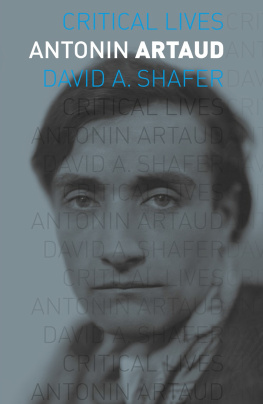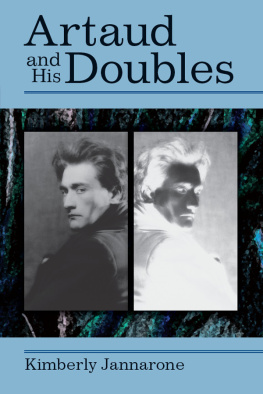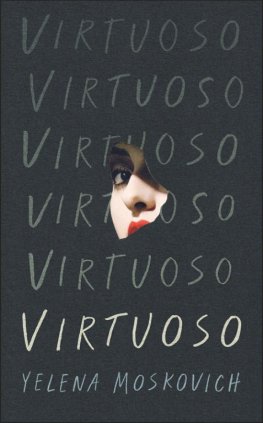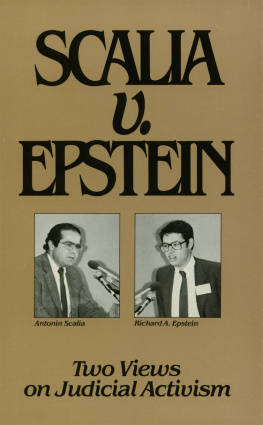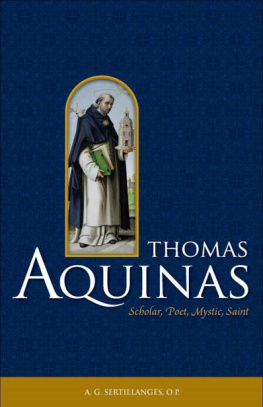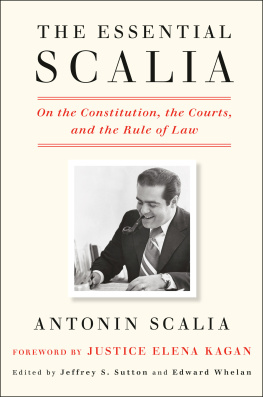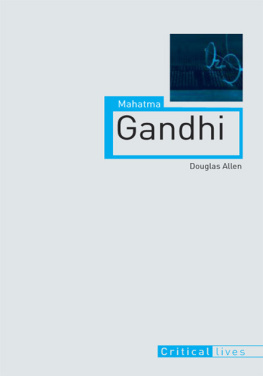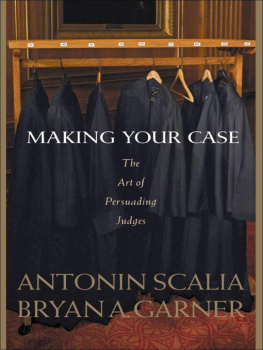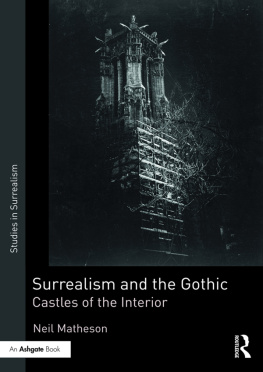Antonin Artaud

Titles in the series Critical Lives present the work of leading cultural figures of the modern period. Each book explores the life of the artist, writer, philosopher or architect in question and relates it to their major works.
In the same series
Antonin Artaud David A. Shafer
Roland Barthes Andy Stafford
Georges Bataille Stuart Kendall
Charles Baudelaire Rosemary Lloyd
Simone de Beauvoir Ursula Tidd
Samuel Beckett Andrew Gibson
Walter Benjamin Esther Leslie
John Berger Andy Merrifield
Jorge Luis Borges Jason Wilson
Constantin Brancusi Sanda Miller
Bertolt Brecht Philip Glahn
Charles Bukowski David Stephen Calonne
William S. Burroughs Phil Baker
John Cage Rob Haskins
Albert Camus Edward J. Hughes
Fidel Castro Nick Caistor
Paul Czanne Jon Kear
Coco Chanel Linda Simon
Noam Chomsky Wolfgang B. Sperlich
Jean Cocteau James S. Williams
Salvador Dal Mary Ann Caws
Guy Debord Andy Merrifield
Claude Debussy David J. Code
Fyodor Dostoevsky Robert Bird
Marcel Duchamp Caroline Cros
Sergei Eisenstein Mike OMahony
Michel Foucault David Macey
Mahatma Gandhi Douglas Allen
Jean Genet Stephen Barber
Allen Ginsberg Steve Finbow
Ernest Hemingway Verna Kale
Derek Jarman Michael Charlesworth
Alfred Jarry Jill Fell
James Joyce Andrew Gibson
Carl Jung Paul Bishop
Franz Kafka Sander L. Gilman
Frida Kahlo Gannit Ankori
Yves Klein Nuit Banai
Akira Kurosawa Peter Wild
Lenin Lars T. Lih
Stphane Mallarm Roger Pearson
Gabriel Garca Mrquez Stephen M. Hart
Karl Marx Paul Thomas
Henry Miller David Stephen Calonne
Yukio Mishima Damian Flanagan
Eadweard Muybridge Marta Braun
Vladimir Nabokov Barbara Wyllie
Pablo Neruda Dominic Moran
Georgia OKeeffe Nancy J. Scott
Octavio Paz Nick Caistor
Pablo Picasso Mary Ann Caws
Edgar Allan Poe Kevin J. Hayes
Ezra Pound Alec Marsh
Marcel Proust Adam Watt
John Ruskin Andrew Ballantyne
Jean-Paul Sartre Andrew Leak
Erik Satie Mary E. Davis
Arthur Schopenhauer Peter B. Lewis
Adam Smith Jonathan Conlin
Susan Sontag Jerome Boyd Maunsell
Gertrude Stein Lucy Daniel
Igor Stravinsky Jonathan Cross
Leon Trotsky Paul Le Blanc
Richard Wagner Raymond Furness
Simone Weil Palle Yourgrau
Ludwig Wittgenstein Edward Kanterian
Frank Lloyd Wright Robert McCarter
Antonin Artaud
David A. Shafer
REAKTION BOOKS
For Selma Selmanagi
Published by Reaktion Books Ltd
Unit 32, Waterside
4448, Wharf Road
London N1 7UX, UK
www.reaktionbooks.co.uk
First published 2016
Copyright David A. Shafer 2016
All rights reserved
No part of this publication may be reproduced, stored in a retrieval system or transmitted, in any form or by any means, electronic, mechanical, photocopying, recording or otherwise, without the prior permission of the publishers
Page references in the Photo Acknowledgements
match the printed edition of this book.
Printed and bound in Great Britain by
Bell & Bain, Glasgow
A catalogue record for this book is available from the British Library
eISBN: 9781780236018
Contents

Antonin Artaud photographed in 1920, in the consulting room of his psychiatrist Dr Toulouse.
Introduction
In an interview from 1996, the French cultural theorist Jean Baudrillard averred, Everyone should have a singular, personal relation to Artaud. With him, we are always on a very inhuman level. He has become an impersonal being. What Baudrillard appeared to be saying is that the departure of the corporeal Artaud has led to a transubstantiated reversal; in the process, Artaud has achieved almost mythological status, a conclusion echoed by others, including those closest to Artaud. In April 2012 Artauds nephew, Serge Malaussna, his last living relative, alluded in conversation with me to the existence of two Artauds: the one who lived and the one of our ideas. In other words, Artaud has become something of a palimpsest upon which we inscribe what we want to find in him, and maybe even find in ourselves.
In some respects, Artaud facilitated this in a couple of ways. First, his choice of literary expression was compelling, and at the same time it was head-spinningly confusing. Much of what he wrote was in the service of transcending the boundaries of conventional communication: a cocktail of obtuse symbolism, intentional obfuscation, sexual prudery and weird scatological analogies, followed by references to curses and spells as a chaser and yet, this strange admixture was so well written. Second, in a paper he wrote to accompany an exhibition he organized on the work of the Mexican Surrealist Mara Izquierdo, Artaud noted that, as they travel, objects exchange their properties and metamorphose. Why would it not be the same for him that his peregrinations, whether within this dimension or after his death outside of it, have caused a corresponding alteration of his persona?
It is pretty clear that Baudrillard had no intention of wiping away the occluding mud Artaud seemingly placed intentionally on the window into his thoughts, and I must concur that to study Artaud means respecting the impenetrability of his seemingly Kevlar-shrouded head; but all the same, the more I read, the more I began to find a logic to his thoughts. For purposes of literary clarity, the pre-asylum Artaud is a snap in comparison to the guy who, during nearly a decade of confinement in French insane asylums, had existed alone, in his head. Whether or not he was insane when first institutionalized in 1937, his years in the precariousness of wartime French asylums did no favours to his mental health. The electroconvulsive therapy administered to him in Rodez during the last years of his confinement might have rewired him and prepared his re-entrance into society; but to Artaud this was yet another example of the individuals vulnerability to envotements (spells). While it is tempting to put these references to spells down to his penchant for spiritualism, given the impact of hegemonic forces on him, how else could Artaud make sense of it all?
From start to finish, there is constancy to Artauds writings and ideas; they scream (sometimes literally) alienation and rebellion: rebellion against the stultifying bourgeois values of his youth; the privileging of Western cultural norms, including reason and rationality; and rebellion against the authorities; the power of wealth; and the subversion of nature. Stripped of their bizarre, if not inaccessible, symbolism and verbiage, Artauds ideas are consonant with the ideals of the French revolutionary tradition, challenging domination in general, and bourgeois domination in particular; but whereas nineteenth-century French revolutionaries situated their challenge in the socialpolitical realm, Artauds revolution was over the cultural space of meanings, understandings, representations and signs.

